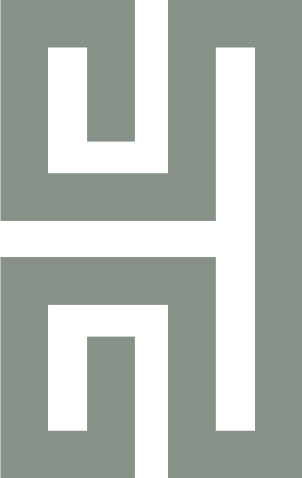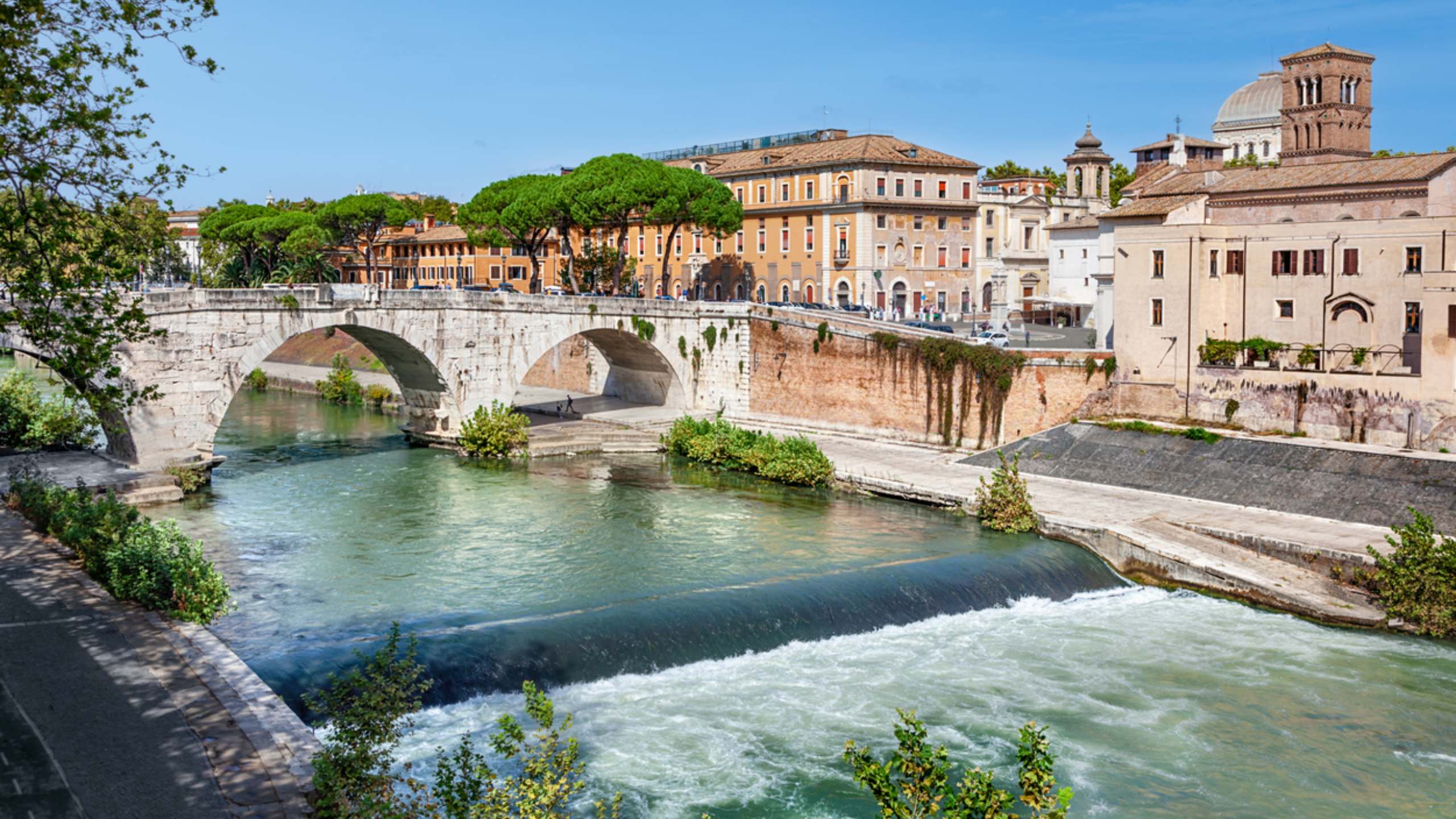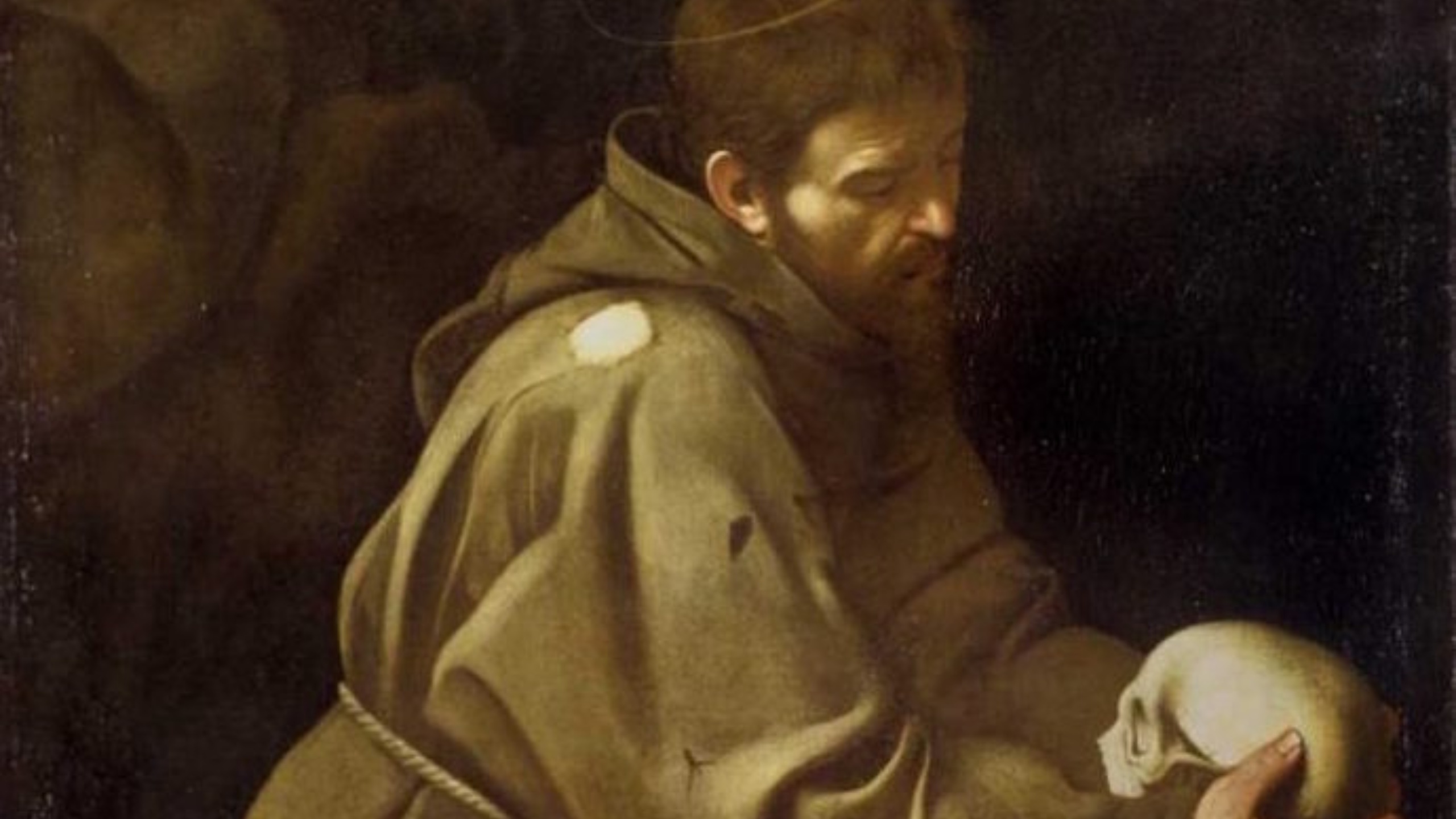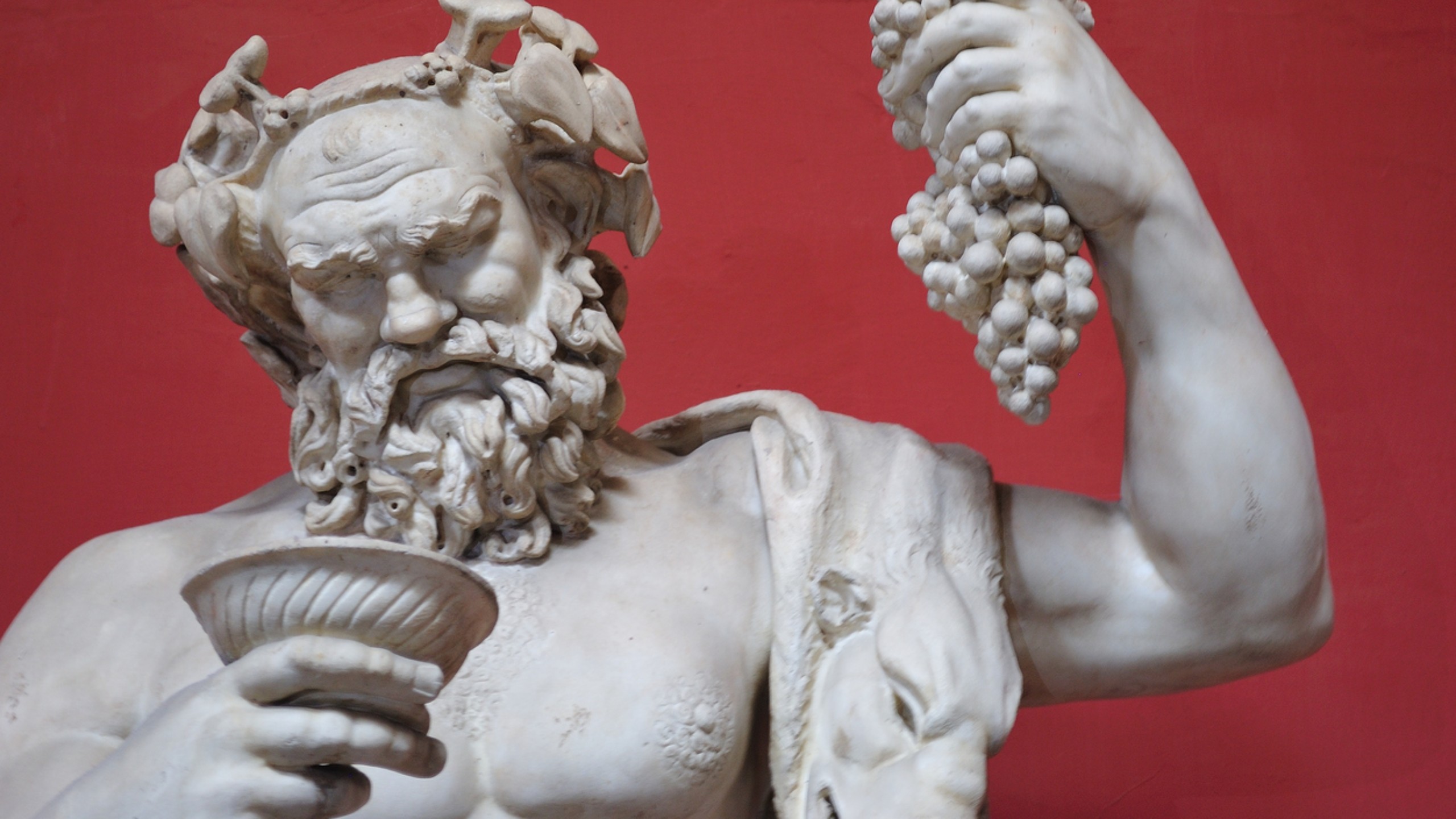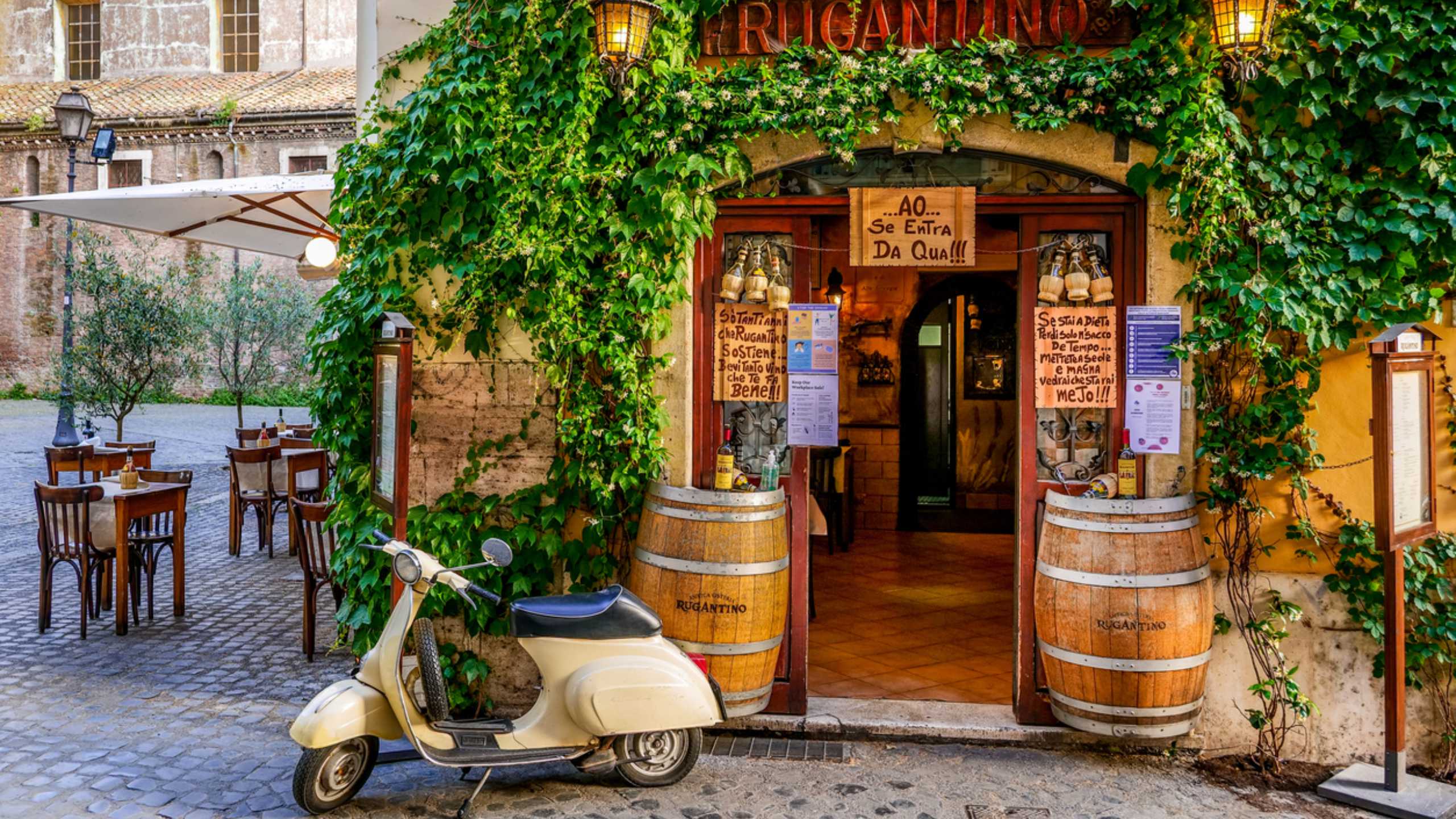The five art coffers around Eitch
A world of masterpieces in just a few meters: we are talking about some of the Churches and Basilicas around Navona Square, that - like the Pamphilj architectural complex, whose Innocentian College houses us - preserve some unique moments of the History of Art. In our previous article, dedicated to the Cloister of Bramante a stone’s throw from us, we had mentioned the next door Basilica: imagining a day of your stay at Eitch, let’s start right from here this walk into Beauty.
Our Lady of Peace
The Renaissance and Baroque at the same time Basilica, built in 1482, was restored and completed almost two centuries later. By Pietro Da Cortona, painter and architect universally recognized - together with Borromini and Bernini - among the greates interpreters of Roman Baroque. Author of the façade that “pushes forward”, almost to suggest a theatrical stage, and also the fresco in the Gallery of the Pamphilj Mansion - the first building out of three of the architectural complex to which we belong. Inside the Basilica, a Chapel made by Raffaello (who also paints ‘The Sibyls’, visible from the first floor of the Bramante Cloister), a fresco by the coeval Rosso Fiorentino, who in his works anticipates Cubism and Abstractionism by five centuries, and an altar designed by Borromini’s Master, Carlo Maderno. Men and styles that meet – sometimes even in life, forever in their works.
Saint Louis of the French
Crossing Navona Square towards the Pantheon, enter the national Church of the French in Rome - also Renaissance and, at the same time, Baroque. Built thanks to the generosity of Caterina de’ Medici on the project of Giacomo Della Porta, learner of Michelangelo, who after the Master’s death would have completed the dome of Saint Peter’s Basilica. Inside the Chapel of the left nave, three masterpieces by Caravaggio. The last of which, ‘The Calling of Saint Matthew’, unmissable and almost pilgrimage stop for the wonder of a story told with light: the first large canvas in which Michelangelo Merisi immerses the scene in darkness, so directing the plot and the gaze.
Saint Augustine
Continuing to the left, in Scrofa Street, you arrive at the Basilica of the Saints Trifone and Agostino. Whose façade, inspired by the Santa Maria Novella Church in Florence and attributed to Leon Battista Alberti – one of Renaissance’s most multifaceted figures – is built with travertine from the Colosseum. A stone that will be used by all great architects of Renaissance and Baroque, from Bramante to Borromini and Bernini. Within, another artwork of Raffaello - the fresco of Prophet Isaiah - and another masterpiece of Caravaggio: ‘Our Lady of Pilgrims’, donated to the Basilica as thanks for the asylum granted after the wounding of a rival in Navona Square. A work that, placing the vision of the Virgin in the seventeenth-century Rome, breaks the iconographic tradition - causing quite a stir among the contemporaries. And in which, as for ‘The Calling of Saint Matthew’, the Divine “outside the painting” manifests itself through the light.
Saint Mary upon Minerva
Returning towards the Pantheon and passing it on the left, you will find one of the very few examples of Gothic architecture in Rome. Started on a Roman era sacred area in 1280, finished under the Baroque influence in 1725 and remodeled in neo-Gothic style in 1850. Within, the statue of “Christ Redeemer” by Michelangelo (which the Council of Trent partially covers with a bronze drapery), a painting by Perugino (Master of Raffaello and one of the greatest exponents of Humanism) and funerary monuments by Bernini. In fact, in this Basilica there are the eternal homes of Saint Catherine of Siena, five Popes, several Cardinals and quite a few artists - including that of Fra Angelico.
Saint Mary in Vallicella
Lastly, going towards Largo Argentina and taking the Vittorio Emanuele II Corso, look for the ‘New Church’ – as called at the time of the construction request in 1551. Another story of interventions over time, from modifications to the original plan (by Giacomo Della Porta, in 1585) to those at the dome, by Pietro da Cortona in 1650, who here will also frescoes the dome and the vault. Inside the Church, a wooden pulpit designed by Borromini and three frescoes by Sir Pieter Paul Rubens - “pioneer” of the Baroque in Europe, who lives and works in Italy for eight years. And who, realizing the effects of too much light, divides the original painting and puts it on a slate support.
Your eyes full of Beauty, from Michelangelo and Raffaello to Caravaggio, you are now ready to return - to Navona Square and to Eitch, among the architectures of Borromini and the works of Bernini. To do it, take though the Governo Vecchio Street and stop for a moment in the Clock Square: the tower, with its curves and its “invisible” bell tower, the only one in the world through wchich you can see the sky, was built by Borromini…


